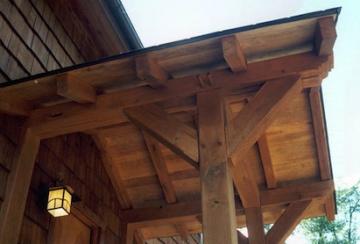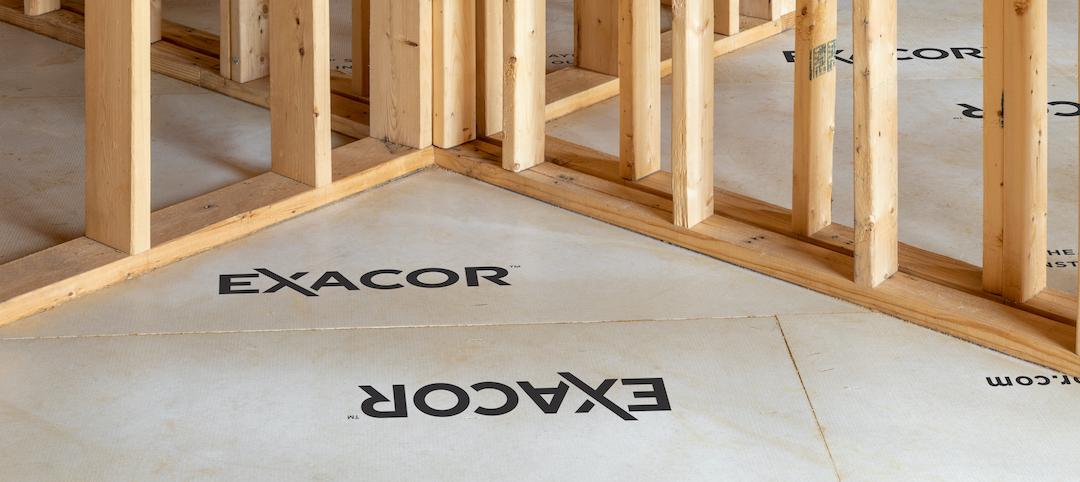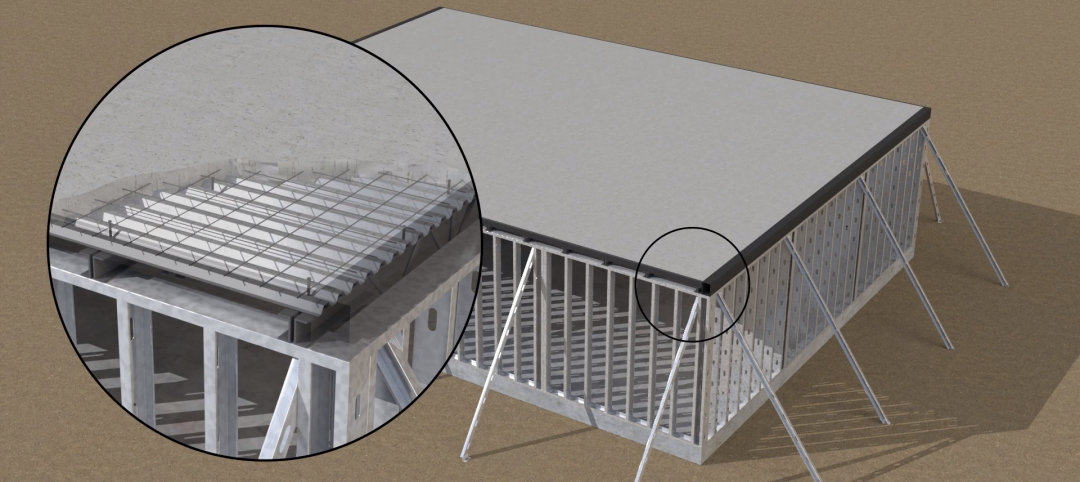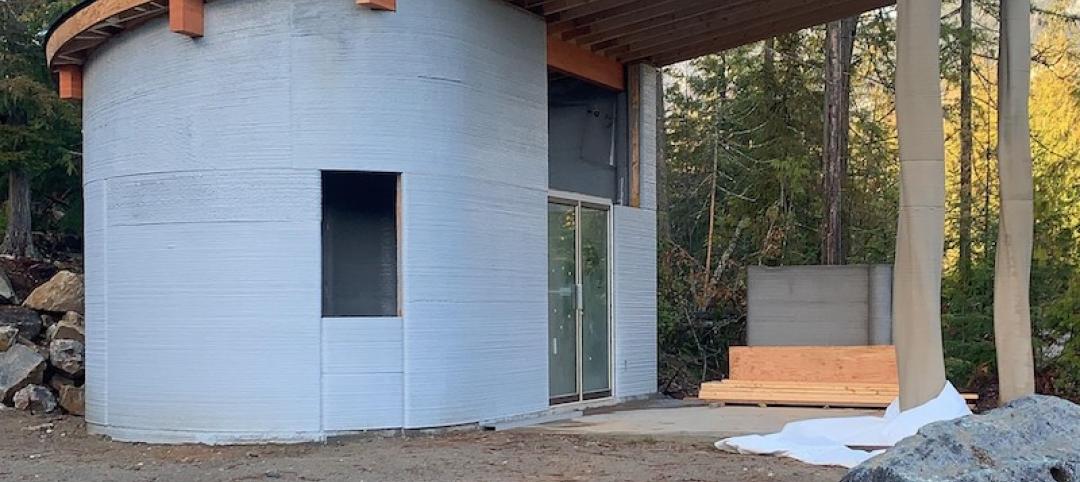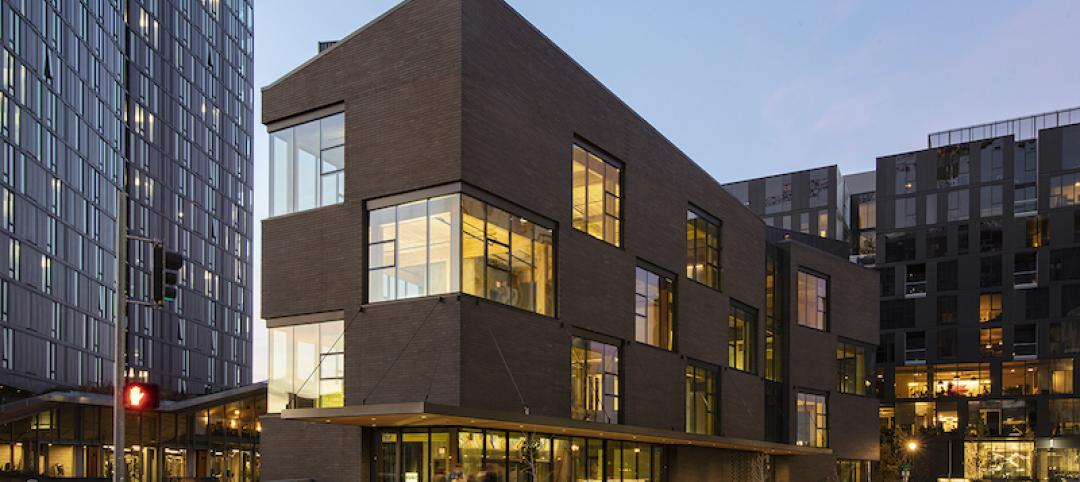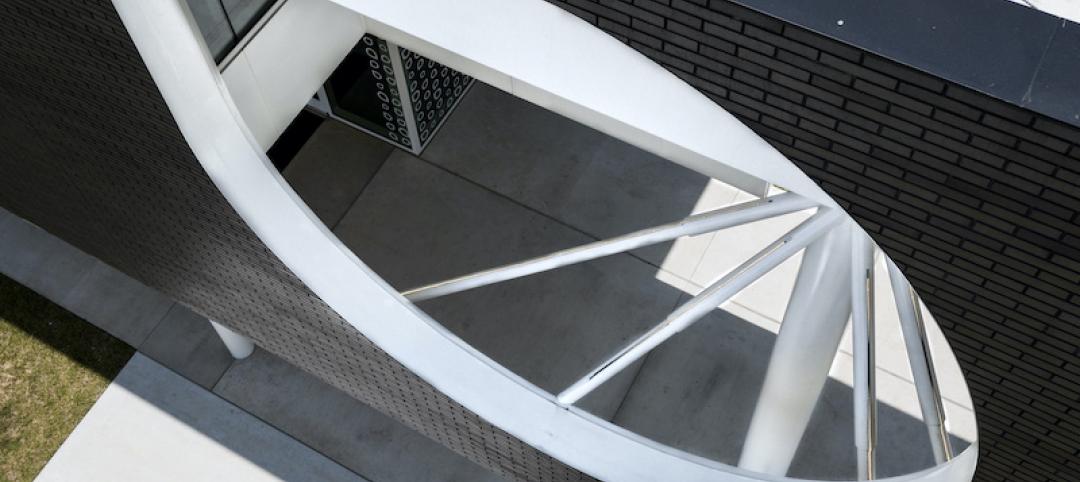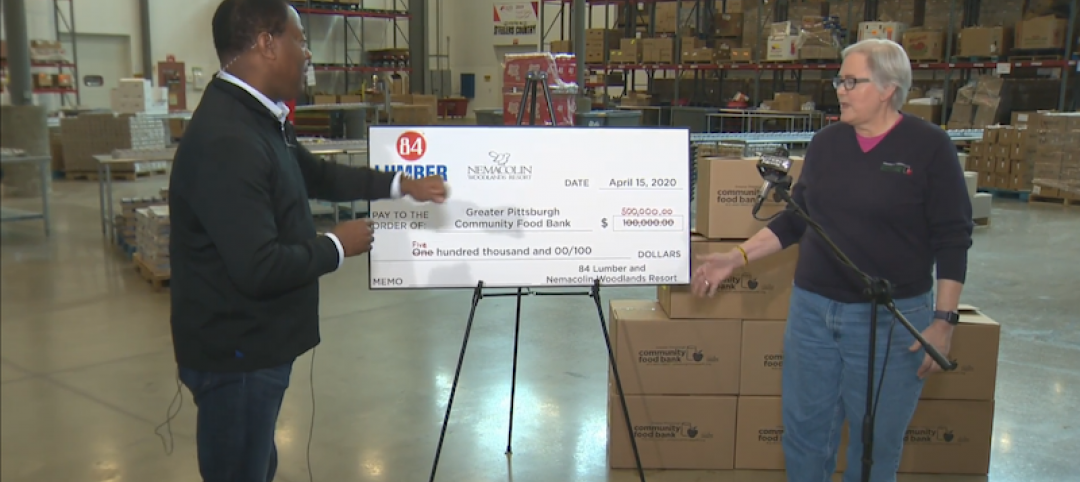Today, the U.S. Green Building Council (USGBC), developers of the global LEED (Leadership in Energy and Environmental Design) green building certification program, and Underwriter Laboratories (UL), the world’s leading safety and certification group, have announced an exclusive strategic partnership centered on building product transparency and occupant health and safety.
The partnership, the first of its kind in the building and certification industry, will roll out several targeted initiatives focused on increasing disclosure, awareness and transparency of building product composition and the manufacturing processes. The goal of the program is to accelerate market transformation and the overall quality and performance of buildings.
The first initiative of the partnership is the creation of a joint Environmental Product Declaration (EPD). EPDs are a standardized way of quantifying the environmental impact of a product or system. The joint USGBC-UL EPDs are a solution to increase transparency in building materials and products that are being used in our buildings, homes, schools, hospitals and other structures.
“UL is the foremost established leader in the EPD field and is uniquely positioned to provide third party assurance for the LEED green building program. We are thrilled to engage in this partnership which we believe will make a great impact across the market – both for manufacturers that want to establish themselves as leaders in the marketplace and for consumers who are increasingly demanding transparency in what is being used to construct and maintain the places where they live, learn, work and play,” said USGBC President, CEO & Founding Chair Rick Fedrizzi.
“Lifecycle impacts and human health are two of the key underpinnings LEED. We believe in buildings and products that limit environmental impact from conception to completion and that optimize the health of our families, colleagues and customers. UL is the world’s leading safety consulting and certification group, and our partnership will advance that mission enormously,” continued Fedrizzi.
“USGBC, creators and developers of the global LEED Green Building Rating system, are natural strategic partners for the work that UL is continuing to lead in the marketplace,” stated Sara Greenstein, president of UL's Environment and Information and Insights Business Unit. “As a global leadership standard for green buildings, USGBC’s commitment to material transparency as a key component of human health and wellness in LEED makes for a partnership that will reverberate throughout the industry.”
Buyers are demanding to know the full extent of a product’s environmental and health impacts,” continued Greenstein. “Transparency into the impacts of a product at each stage of its lifecycle has become a critical driver of purchases and specifications. Since this market is still evolving, and because the quality and consistency of data can vary greatly, we are working diligently to ensure that buyers and LEED users can trust that the information on which they rely is accurate, and that it complies with the new credit requirements. This partnership between USGBC and UL will help businesses, individuals and project teams better understand the products they are including in their building projects, and have greater clarity about how those products can contribute to LEED credits,“ Greenstein concluded.
Scot Horst, Senior Vice President for Global Innovation and LEED at USGBC stated that USGBC would continue to forge strategic alliances such as these in the marketplace in order to drive the customer experience toward increased consumer education.
“As LEED continues to evolve and we look at how USGBC can continue to transform the marketplace, we know that increased consumer education and market knowledge will drive consumer choices to more responsible and sustainable products. This is the first time USGBC is tying the built environment to products that will receive LEED credit, which is a huge step toward preventing green-wash and clear consumer market choice.”
Horst continued, “This partnership will accelerate LEED in the marketplace and help maintain its leadership standard through technical rigor and stringency. Equally important, it will incentivize those product manufacturers out there who are doing amazing things with their products and establishing themselves as leaders within their industry. We want to create a system to reward them.”
EPDs provide a credit achievement path in LEED v4, the newest version of the LEED rating system that is being released this week at USGBC’s annual Greenbuild International Conference & Expo. EPDs will help create avenues for future generations of LEED. “There is a great more to learn about life-cycle assessment and LEED and this USGBC UL partnership is the first step,” concluded Horst.
Related Stories
Sponsored | Glass and Glazing | Oct 1, 2021
Seizing the Daylight with BIPV Glass
Glass has always been an idea generator. Now, it’s also a clean energy generator.
Wood | May 14, 2021
What's next for mass timber design?
An architect who has worked on some of the nation's largest and most significant mass timber construction projects shares his thoughts on the latest design trends and innovations in mass timber.
3D Printing | Nov 27, 2020
The Fibonacci House: A test case of 3D construction printing
The Fibonacci House, which we have named after Leonardo Fibonacci, the medieval Italian mathematician, illustrates the potential of 3DCP and demonstrates how a complex design and challenging logistics can be solved through pragmatic planning and 3DCP technology.
Building Materials | Jul 5, 2020
A new report predicts significant demand growth for mass timber components
There should be plenty of wood, but production capacity needs to catch up.
Sponsored | Voice of the Brand | Jun 5, 2020
Practice Style Transcendence with Brick
Get inspired! Brick’s adaptability has made it the premier building material for centuries even as styles come and go. Nothing says “classic” like brick, but nothing says “innovative” like brick either. Check out some examples of how fired clay brick remains a major presence in the 21st Century designer’s palette.
Building Materials | Jun 4, 2020
The world’s first building made from carbon-fiber reinforced concrete starts construction in Germany
But greater use of these materials still faces obstacles.
Coronavirus | Apr 16, 2020
COVID-19: Pennsylvania building products supplier raises $1.2 million for Pittsburgh-area food bank
Pennsylvania building products supplier raises $1.2 million for Pittsburgh-area food bank.


